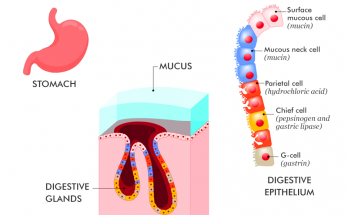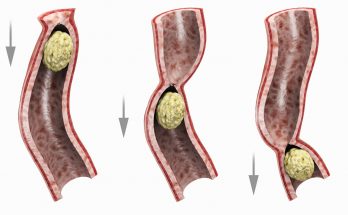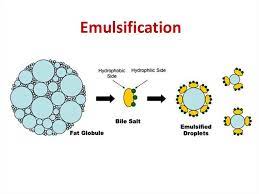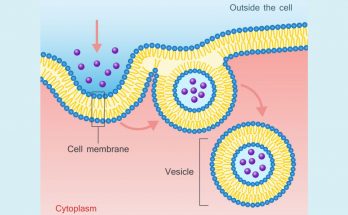
Chemosynthesis – Definition, Process, Equation, Chemosynthetic bacteria , types , examples
Chemosynthesis is a process where chemosynthetic bacteria convert inorganic compounds into energy-rich organic compounds. It occurs in environments lacking sunlight. The equation for chemosynthesis is carbon dioxide + water + inorganic compounds → organic compounds + sulphur compounds. Chemosynthetic bacteria, like sulphur bacteria, iron bacteria, and nitrifying bacteria, are examples of organisms that carry out chemosynthesis. Chemosynthesis differs from photosynthesis in energy sources and reactions.
Chemosynthesis – Definition, Process, Equation, Chemosynthetic bacteria , types , examples Read More




